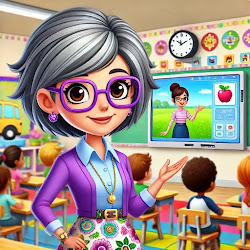What stood out to me…
I think the dangerous part of cyberbullying that stands out to me is how permanent the act can be which means that not only does the bullying hurt initially, but the pain can be felt repeatedly because the message remains available indefinitely. In addition to the permanent aspect of cyberbullying, the anonymity part of it makes it difficult for holding people accountable for their actions or even knowing where it is coming from. As an information professional in the library, we are held to standards that protect the privacy of our patrons. This can provide a cover for hatred and undesirable communication from the community and our patrons. Finally, I was reminded about the impact on mental health. In the article Sandbox to Inbox (2015), I found it interesting how it described the impacts of cyberbullying as differing degrees of burns. First degree burns were described as low levels of bullying which takes less time to heal versus “third-degree burns (and escalated cases of bullying) can ‘result in deep scarring and permanent damage’” (2015).
What I plan to do about it…
As an elementary school teacher currently, I plan to be proactive and stress the importance of how we should treat others face to face and online. The most important rule I enforce in my classroom is the Golden Rule, treat others the way you want to be treated. I feel that kids can easily connect with this expectation because it is simple and easy to understand. It also helps them build empathy towards others which will result in students making the right choice whether face to face or online. Like the article suggested, I will promote Digital Citizenship through lessons that focus on how students’ digital footprints never go away. I will also encourage students to act as allies by reporting incidents that seem troublesome or unkind.
Surprised to learn…
In the same article, I was surprised to read that girls tend to experience more harassment online and boys experience it more face to face. It also frustrates me that cyberbullying is something that does not go away with age. I think school age kids probably feel that bullying only happens to kids and teenagers but unfortunately, it does not. As a teacher, I feel like one of my most important jobs in my role is to teach my students how to be kind and respectful to EVERYONE. If we can teach kids the importance of treating others the way they want to be treated and establish strong foundations of empathy, it is my hope that any type of bullying will become obsolete.
Faucher, C., Cassidy, W., & Jackson, M. (2015). From the sandbox to the inbox: Comparing the acts, impacts, and solutions of bullying in K-12, higher education, and the workplace. Journal of Education and Training Studies, 3(6), 111–125. https://doi.org/10.11114/jets.v3i6.1033



